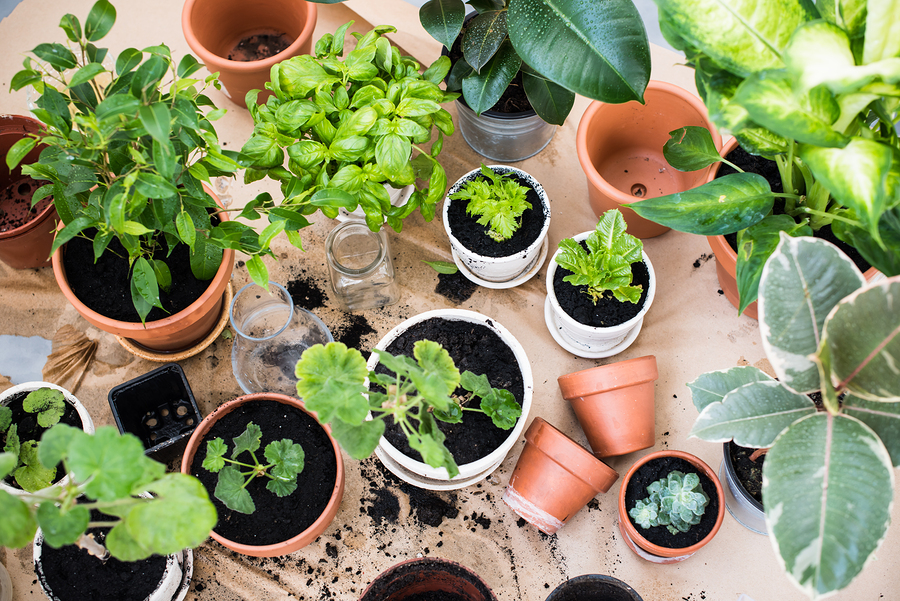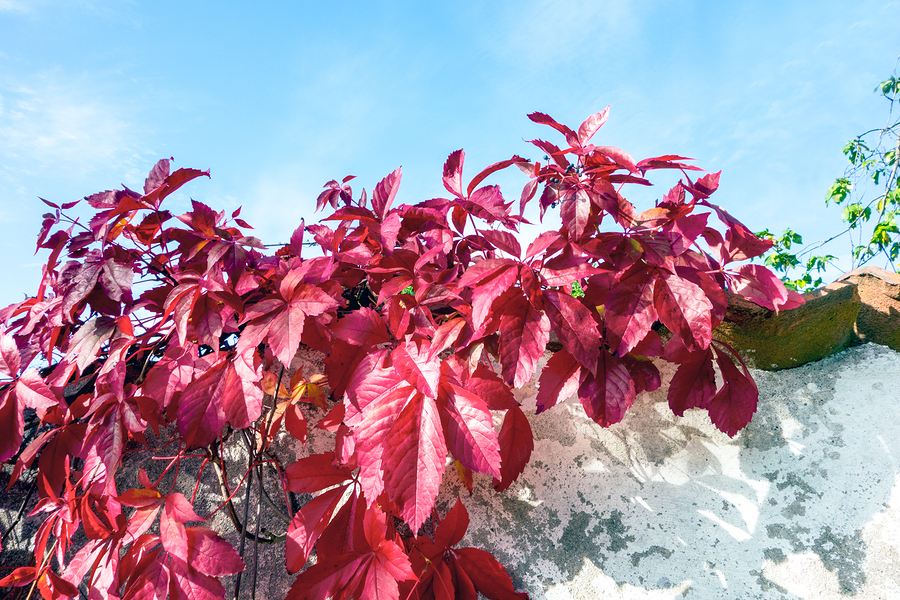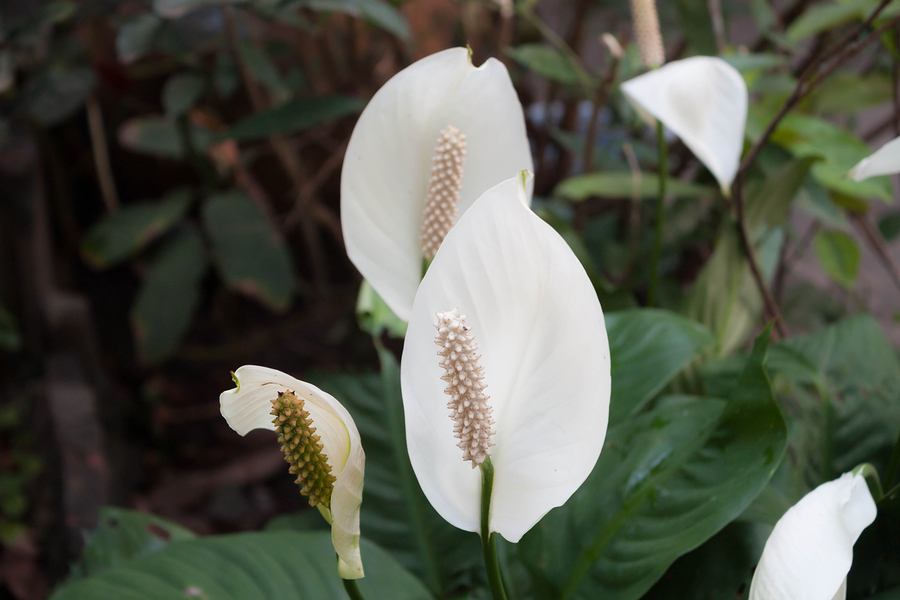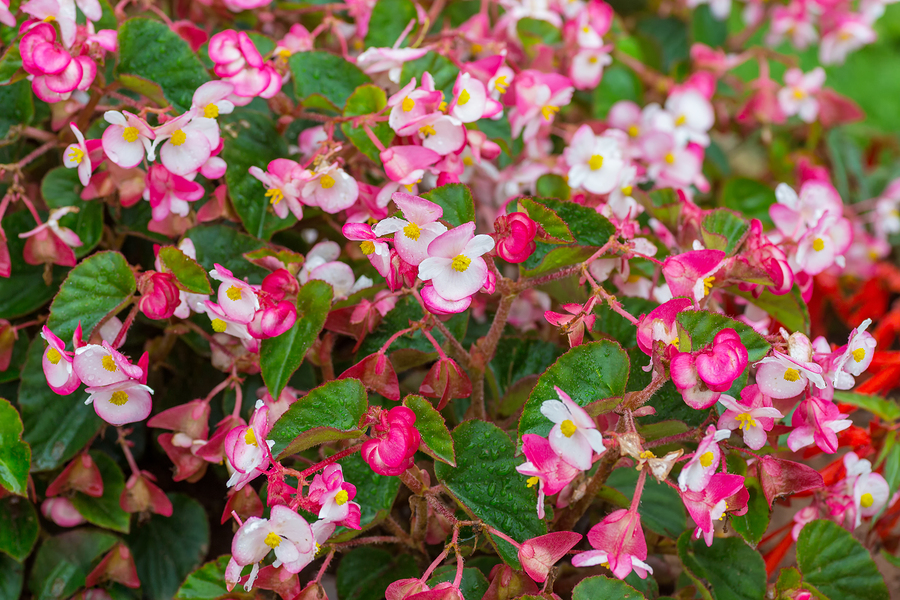- Make It Yourself Lavender Heart-Shaped Bath Bombs!
- 20 Things You Never Knew About “Down There”
- 12 Best Foods For Those Suffering From Arthritis Pain
- 12 Personal Hygiene Mistakes Almost Everyone Makes (Mom Never Told You About #4!)
- 15 Medicinal Plants And Herbs From The Cherokee People
- 12 Mind-Blowing Benefits Of Drinking Coconut Water During Pregnancy
- 12 Outstanding Winter Foods That Won’t Fatten You Up Like A Christmas Turkey
12 Special Plants That Will Help You Breathe Easier At Home

Photo credit: bigstock.com
Most people use plants in their home as a decorative accent. With so many different types of plants available, it’s easy to find something to match any décor. But there are several plants that have more going for them than just their pretty face.
It’s not a surprise that our homes are brimming with chemicals that come from the materials that were used to build it. Add to that the furniture, carpeting, and appliances that we bring in in order to make our home look good and run at an optimum level and the amount of possible toxic components floating around is always on the rise.
Of all the chemicals you may not even be aware of, formaldehyde is a common toxic compound that flows at a low but regular level. If you or any member of your family has allergies, or is sensitive to the air in your home, it could be from the formaldehyde. This chemical is used for everything from the paint you use on your walls to the glue used to hold down your carpeting. The government has done their best to keep the use of formaldehyde to a controllable level but the fact that it is used in so many products makes it difficult to avoid.
The scientists at NASA have found that there are many plants that can rid your home of formaldehyde. Choose from any of the following plants and know that they are doing their job so that you can breathe easier.
1. Chinese Evergreen
This colorful plant is able to reduce formaldehyde, carbon monoxide, benzene, and trichloroethylene in your home. It does need a little more care than some of the other plants. Let the soil dry out before watering it, repot it every couple of years, and mist it regularly. Keep this plant away from dogs.
2. Rubber Tree Plant
These plants are virtually maintenance-free requiring hardly any sun in order to thrive but they do grow fairly slowly. They are a popular pick for offices where they may not have access to a window. Many offices would have a higher level of formaldehyde than a house because of the number of desks involved that are made of particleboard and the glue that is used to put them together.
Continue to Page 2

Photo credit: bigstock.com
3. English Ivy
When grown outside, English Ivy has a way of taking over your home. It is easy to bring this delicate plant indoors and it makes a striking appearance when shaped into a topiary. This type of ivy grows upwards and is considered to be a climber. It can take partial shade or partial sun, water occasionally, and a regular misting during the colder months.
4. Spider Plant
The spider plant gets its name from the offshoots that grow right off the long stems that hang from the main plant. It is a relatively easy plant to grow and it is very low maintenance. Most end up in hanging pots and thrive if they are hung where they can enjoy some sunshine. The spider plant is perfect for eliminating benzene and formaldehyde that may be hanging around your home.
5. Boston Fern
This plant is a lovely addition to just about any home. The dark green airy fronds create a delicate lacy look. They are the most effective plant at removing the level of formaldehyde but are also able to eliminate the odor and components from gasoline that may be a problem for homes that are attached to their garage. Boston Ferns need a little extra attention requiring you to keep their soil moist and feed them weekly. A daily misting will keep them looking healthy.
Continue to Page 2

Photo credit: bigstock.com
6. Peace Lily
This classic plant brings a little sunshine into a dreary atmosphere when it releases its beautiful white flowers. Set against the dark green foliage, the elegant Peace Lily is another effective plant that can remove high levels of formaldehyde. It is also able to contain other volatile organic compounds (VOC) such as benzene. Keep this plant away from small pets and kids as the leaves are poisonous.
7. Snake Plant
This plant grows straight up resembling a snake, especially with the markings on the leaves. In the evening, it takes in the carbon dioxide in the room and expels oxygen making it easier for people to get a good night’s sleep. Many people prefer to keep a Snake Plant in their bedroom for this reason. It is also great at absorbing the formaldehyde that may be building up from the furniture and carpeting in your bedroom.
8. Palm Trees
There are a variety of palm trees to choose from, among them the Lady Palm, Areca Palm, Parlor Palm, Bamboo Palm, and the most effective in removing formaldehyde, the Dwarf Date Palm. While these palm trees mimic the ones you’ll find in more tropical areas, these palms flourish in temperatures that range from 60 to 75 degrees F.

Photo credit: bigstock.com
9. Wax Begonia
This flowering succulent is powerful when it comes to reducing the existence of benzene and formaldehyde in the home. It booms sweet little flowers that come in white, red, or pink. If you grow it in the sunlight, the plant will bloom all summer.
10. Azaleas
Azaleas are one of the most effective flowering plants that eliminate formaldehyde in the air. Extremely easy to take care of, they are happiest in cool temperature and can produce beautiful blooms all year round.
11. Bamboo Palm
The Bamboo Palm grows nice and tall but it usually doesn’t get any taller than 10 feet. It is effective in handling any formaldehyde in the atmosphere as well as trichloroethylene and benzene.
READ ALSO: Natural Ways to Unclog Your Nose: 5 Releasing Techniques to Let you Breathe in Deeply
12. Aloe Vera
The Aloe Vera plant is a succulent that is great to have on hand in the kitchen as it can quickly relieve the pain from burns. This plant is brimming with vitamins C, A, E, B1, B12, and B2. All you have to do is snap open one of the leaves and apply the gel to the burn. It is also able to reduce any toxins or chemical compounds that are permeating the atmosphere in your home.
References:





























